Holden Karau - High Performance Spark: Best Practices for Scaling and Optimizing Apache Spark
Here you can read online Holden Karau - High Performance Spark: Best Practices for Scaling and Optimizing Apache Spark full text of the book (entire story) in english for free. Download pdf and epub, get meaning, cover and reviews about this ebook. year: 2017, publisher: O’Reilly Media, genre: Home and family. Description of the work, (preface) as well as reviews are available. Best literature library LitArk.com created for fans of good reading and offers a wide selection of genres:
Romance novel
Science fiction
Adventure
Detective
Science
History
Home and family
Prose
Art
Politics
Computer
Non-fiction
Religion
Business
Children
Humor
Choose a favorite category and find really read worthwhile books. Enjoy immersion in the world of imagination, feel the emotions of the characters or learn something new for yourself, make an fascinating discovery.
- Book:High Performance Spark: Best Practices for Scaling and Optimizing Apache Spark
- Author:
- Publisher:O’Reilly Media
- Genre:
- Year:2017
- Rating:3 / 5
- Favourites:Add to favourites
- Your mark:
High Performance Spark: Best Practices for Scaling and Optimizing Apache Spark: summary, description and annotation
We offer to read an annotation, description, summary or preface (depends on what the author of the book "High Performance Spark: Best Practices for Scaling and Optimizing Apache Spark" wrote himself). If you haven't found the necessary information about the book — write in the comments, we will try to find it.
Apache Spark is amazing when everything clicks. But if you havent seen the performance improvements you expected, or still dont feel confident enough to use Spark in production, this practical book is for you. Authors Holden Karau and Rachel Warren demonstrate performance optimizations to help your Spark queries run faster and handle larger data sizes, while using fewer resources.
Ideal for software engineers, data engineers, developers, and system administrators working with large-scale data applications, this book describes techniques that can reduce data infrastructure costs and developer hours. Not only will you gain a more comprehensive understanding of Spark, youll also learn how to make it sing.
With this book, youll explore:
- How Spark SQLs new interfaces improve performance over SQLs RDD data structure
- The choice between data joins in Core Spark and Spark SQL
- Techniques for getting the most out of standard RDD transformations
- How to work around performance issues in Sparks key/value pair paradigm
- Writing high-performance Spark code without Scala or the JVM
- How to test for functionality and performance when applying suggested improvements
- Using Spark MLlib and Spark ML machine learning libraries
- Sparks Streaming components and external community packages
Holden Karau: author's other books
Who wrote High Performance Spark: Best Practices for Scaling and Optimizing Apache Spark? Find out the surname, the name of the author of the book and a list of all author's works by series.

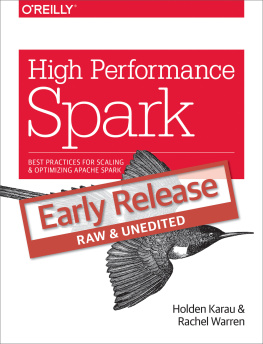
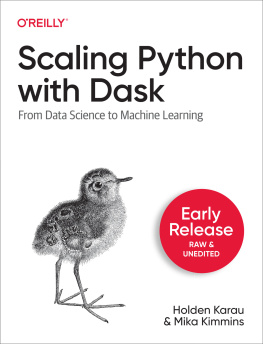

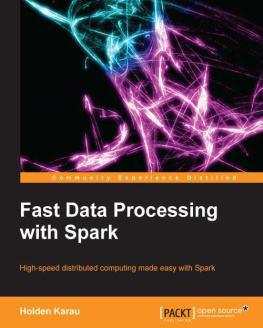

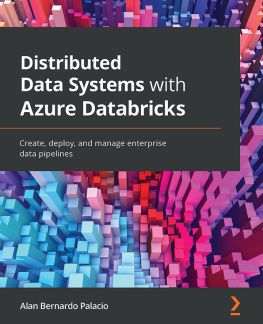

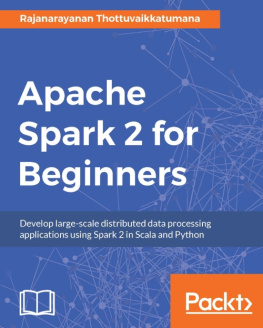
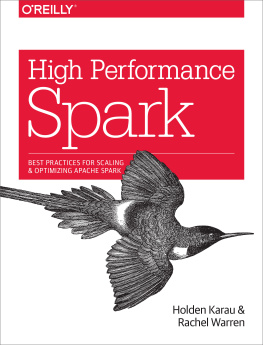
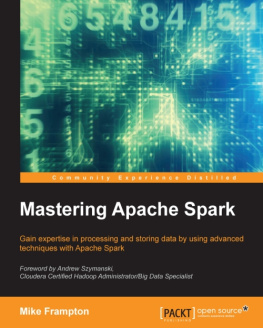
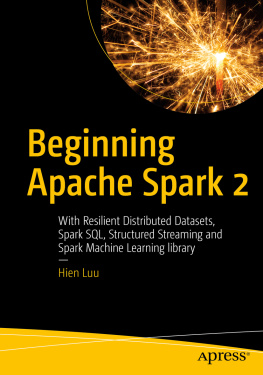
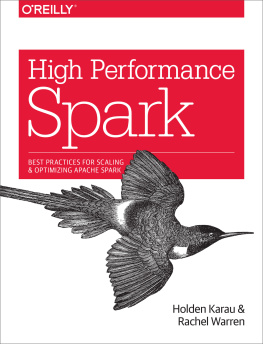
![Karau Holden - Learning Spark: [lightning-fast data analysis]](/uploads/posts/book/137420/thumbs/karau-holden-learning-spark-lightning-fast-data.jpg)
